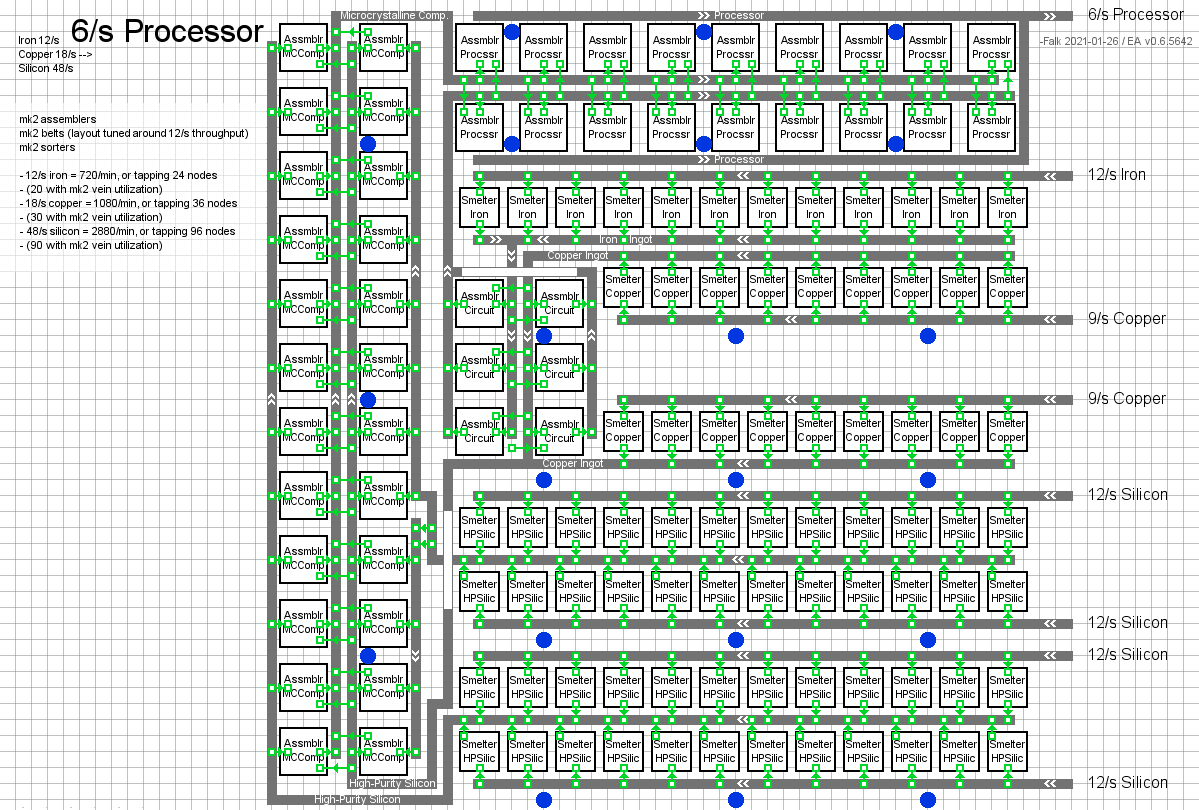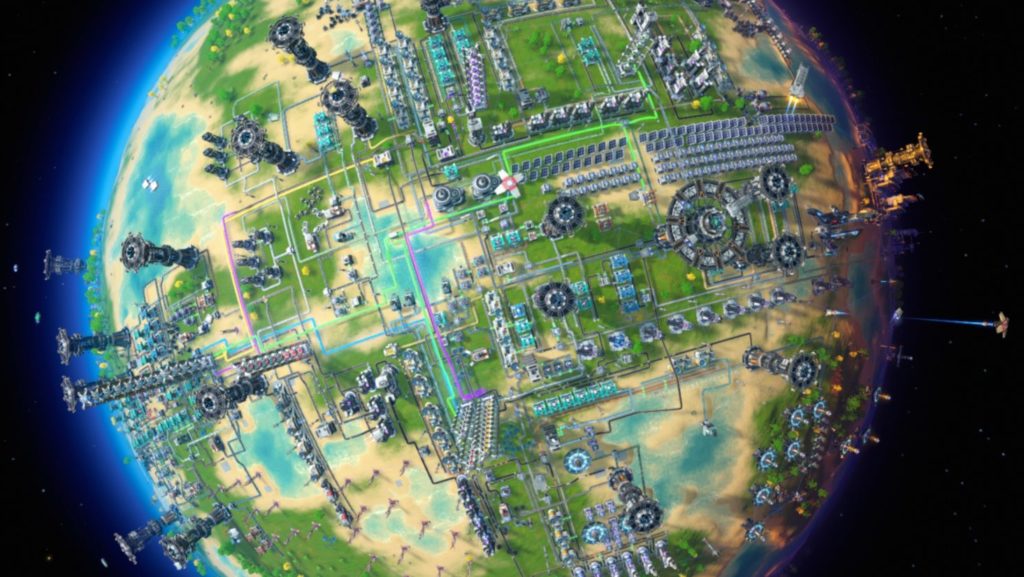
Hydrogen is produced by cracking crude oil, and crude oil is not limited to a set number of units in the game. The exception to this is hydrogen, which can be produced in limitless quantities. While fuel sources like coal and wood are abundant, they are ultimately finite and will, eventually, run out.
DYSON SPHERE PROGRAM BLUEPRINT HOW TO
That is, until you research Energetic Graphite, which can be produced by inserting two coal into a smelter, outputting more overall energy when burned than two individual chunks of coal.ĭyson Sphere Program hydrogen: How to get unlimited fuel At the start of the game, the best fuel to burn in your power stations is coal. I've listed them all below, although you probably won’t use most of these as fuel on a regular basis. Each fuel type outputs a different amount of energy when burned, with some being more efficient than others. There are many types of fuel in Dyson Sphere Program, from the humble log all the way up to the obscenely powerful antimatter fuel rod. Dyson Sphere Program fuel: the different types Building these is as much an objective of the game as they are practical infrastructure, so you won’t need to worry about them for quite a while. You’ll also gain the ability to build your own artificial star. There is no alignment concern when crossing the meridian (or any longitudinal dividing lines), only when crossing lateral bands.As you reach the mid to late game, you’ll gain the ability to draw power from the Dyson Sphere itself, in the form of Ray Receivers that surround your chosen star.Planets have a total placement area of 325,600 squares. Each planet contains 1 of each band per hemisphere, but only one equatorial band for a total of 23. Note* - The equator itself does not split the equatorial band and blueprints can span the equator without issue.These lateral bands have varying numbers of squares available for placement, as shown in the table below. When blueprints are placed, they must be placed within a single lateral band unless they were originally copied across bands and placed in the same location (useful for polar layouts such as ray receiver networks as finding the same center point is easy.) Keep this in mind when designing blueprints because some may not fit in all regions. A belt built longitudinally between these bands will shift direction to align to a new grid, unless the belt is built directly on the quarter lines of the planet (4 straight lines exist from pole to pole to mark each quarter.)

This section refers exclusively to terrestrial planets.Įach planet is divided into 23 lateral bands for the purposes of square-square alignment and blueprint placement. Gas giants are larger but are also the same size as all other gas giants.

Terrestrial planets in Dyson Sphere Program all have the same size. Blocks (5x5) and Superblocks (20x20) are also outlined in bolder lines on the construction grid. This section will refer to the construction grid in terms of 'squares' (the smallest unit). It also makes the system ideal for a Dyson Sphere/swarm since the Ray Receivers are always receiving energy. This makes the planet ideal for a large solar panel array, and the energy generated can be transferred by Energy Exchanger. The most important of these is Tidal Locked, where one side is perpetual day and the other is perpetual night.

Planets can also have a modifier to their rotation. No silicon, or titanium (except in large stones, of which there are a limited amount) or rare resources.



 0 kommentar(er)
0 kommentar(er)
